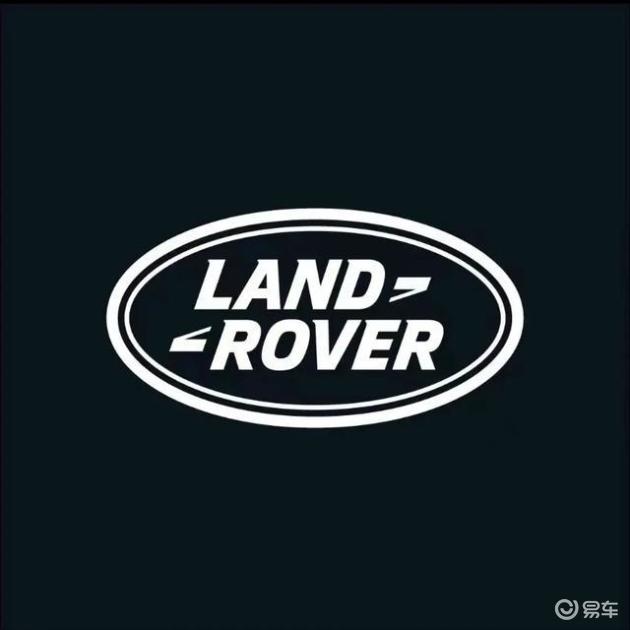On August 21st, Xiaomi Group released the Q2 performance report for 2024. In the quarter, Xiaomi’s revenue was 88.9 billion yuan, up 32% year-on-year, setting a new high since listing, and its adjusted net profit was 6.2 billion yuan, up 20.1% year-on-year.

Innovative businesses such as smart electric vehicles, which have attracted much attention, contributed revenue for the first time, with revenue of 6.4 billion yuan in the second quarter, accounting for 7.2% of the Group’s revenue. In terms of mobile phone XIAOT business, smartphone business revenue was 46.5 billion RMB, up 27.1 year-on-year, IoT and consumer goods business revenue was 26.8 billion RMB, up 20.3% year-on-year, and Internet business revenue was 8.3 billion RMB, up 11% year-on-year.

The delivery of SU7 has accelerated, and the annual revenue of automobiles is expected to exceed 20 billion.
The second quarter was the first quarter of delivery of Xiaomi Automobile, with a delivery volume of 27,307 vehicles. From April to June, the delivery volume of Xiaomi Automobile was 7,058, 8,630 and 12,219 respectively, up 22% and 41.6% from the previous month. In terms of delivery speed, the delivery volume of Xiaomi Automobile in the third month of listing exceeded 10,000 vehicles, setting a new record for "new force" car companies.
In the third quarter, the delivery volume of Xiaomi Automobile in July continued to remain above 10,000 vehicles. According to data from third parties, in the second week of July-August, Xiaomi Automobile delivered more than 21,000 vehicles. Lei Jun, founder, chairman and CEO of Xiaomi Group, also announced in his personal annual speech in July that it is expected to complete the delivery target of 100,000 vehicles in November ahead of schedule.
This means that Xiaomi Automobile is expected to contribute more than RMB 20 billion in revenue this year. For Xiaomi Group, the automobile business alone can bring about 10% year-on-year growth in annual revenue.
In terms of profitability, due to the need to amortize the costs of R&D and channel construction, innovative businesses such as Xiaomi Smart Electric Vehicle still had a net loss of 1.8 billion yuan in the second quarter. However, the gross profit margin of Xiaomi’s automobile business reached 15.4%, which is already at the middle level among the new car companies.
Intelligent hardware outperformed the "big market" and the high-end market in China accelerated.
In addition to the increase in revenue brought by the automobile business, Xiaomi’s intelligent hardware business has also achieved the growth rate of the leading industry.
As the business segment with the highest proportion of Xiaomi’s revenue, the revenue of Xiaomi’s smartphone business in the second quarter was 46.5 billion yuan, a year-on-year increase of 27.1%. This is also the fastest-growing business segment of Xiaomi’s revenue this quarter.
In terms of shipments, Canalys data shows that the global shipments of Xiaomi smartphones in the second quarter were 42.2 million units, up 28.1% year-on-year, and the growth rate was more than twice the overall level of the industry. In terms of market share, Xiaomi continued to rank third with 15%, the share difference with Apple narrowed to 1 percentage point, and the lead with the fourth place expanded to 6 percentage points.

In major countries and regions around the world, the year-on-year growth rate of Xiaomi smartphone shipments is ahead of the broader market. In China and India, the two largest markets in the world, the shipments of Xiaomi smartphones increased by 17% and 24% respectively in the second quarter, which was 1.7 times and 24 times that of the broader market. In Latin America, the Middle East and Southeast Asia, where the year-on-year growth rate exceeded 10%, the shipments of Xiaomi smartphones increased by 35%, 70% and 37% respectively, which were 1.75 times, 3.5 times and 2.6 times the growth rate of the broader market respectively.

In the high-end market, Xiaomi mobile phone also continues to make breakthroughs.
According to the data in the financial report, in the smart phone market in Chinese mainland in the second quarter, high-end mobile phones (RMB3,000 and above) accounted for 22.1% of Xiaomi’s mobile phone shipments, up 2 percentage points year-on-year. In terms of price segments, the market share of Xiaomi in the 4000-5000 price segment reached 20.1%, up 3.5 percentage points year-on-year, and the market share in the 5000-6000 price segment reached 8.9%, up 2.3 percentage points year-on-year. According to the daily interactive data, in the first half of 2024, Xiaomi 14 was the only model with a price of more than 3,000 yuan among the TOP10 new market share of Chinese mainland’s 5G mobile phones except iPhone.
With the launch of Xiaomi MIX Fold4, MIX Flip and other products in the price range of more than 6,000 yuan in the third quarter, the market share of Xiaomi in the high-end market is expected to continue to increase.
Xiaomi’s IoT and consumer goods business also continued to grow in the second quarter, with revenue reaching 26.8 billion yuan, a record high, with a year-on-year increase of 20.3%.
In terms of product lines, Canalys data shows that in the second quarter, Xiaomi tablet PC shipped 2.14 million units, with a market share of 6%, surpassing Amazon to enter the top five in the world, with a year-on-year increase of 106%. In terms of household appliances, in the second quarter, Xiaomi’s household appliances revenue increased by 38.7% year-on-year, showing a "multi-point flowering" situation. Among them, air conditioners shipped more than 3.36 million units, and the market share in Chinese mainland market has risen to the fourth place, refrigerators shipped more than 600,000 units, and washing machines shipped more than 400,000 units.
The ecological scale continues to expand, and the research and development of overweight tamps the base.
Intelligent hardware is the foundation of Xiaomi’s "full ecology of people and cars". Maintaining steady growth in shipments in several intelligent hardware industries has enabled Xiaomi’s ecological scale to continue to expand.
According to the data disclosed in the financial report, as of June 30, 2024, the number of connected devices on Xiaomi AIoT platform reached 822 million, up 25.6% year-on-year, the monthly active users of Mijia App reached 96.9 million, up 16.8% year-on-year, and the global monthly active users reached 675.8 million, up 11.5% year-on-year.
The popularity of Xiaomi SU7 has also brought significant changes to Xiaomi’s user structure. In particular, the proportion of high-consumption people has increased significantly. According to the data disclosed by Xiaomi, among the owners of Xiaomi SU7, BBA users account for 29% and Apple users account for 52.5%. Lu Weibing, partner and president of Xiaomi Group, revealed at the financial report performance meeting that among the users of Xiaomi MIX Flip, the proportion from iPhone also reached 32%.
The "circle-breaking effect" of cars has brought growth space to Xiaomi’s intelligent hardware business. A reference data is that in the second quarter, the monthly active users of Mijia App increased by 7.8 million month-on-month, the largest increase since listing, and the year-on-year growth rate was 2.8 percentage points higher than that in the first quarter. The monthly active users in Chinese mainland increased by 10.1% year-on-year, and the growth rate was also the highest in the last six quarters.
While the ecological scale is expanding, Xiaomi’s R&D investment continues to increase. In the second quarter, R&D investment was 5.5 billion yuan, a year-on-year increase of 20.7% and a quarter-on-quarter increase. As of the end of the second quarter, the number of Xiaomi R&D personnel has exceeded 18,000. The increasing R&D "thickness" enables Xiaomi to provide users with a better ecological experience.

Despite the increasing investment in research and development, innovative businesses such as smart electric vehicles are also in the stage of "blood transfusion", but Xiaomi Group’s cash reserves hit a new high in the second quarter. According to the financial report data, as of the end of June 2024, the Group’s cash reserves reached 141 billion yuan.
Lu Weibing introduced that Xiaomi’s three growth curves have been laid out. Smart devices with mobile phones, tablets and wearables as the core are the first curve, home smart devices with household appliances as the core are the second curve, and travel smart devices with cars as the core are the third curve. "Xiaomi has formed cross-category complementarity and global market complementarity, and the closed loop of the ecological strategy of people and cars has just begun. The future development of Xiaomi has unlimited possibilities and imagination."

















